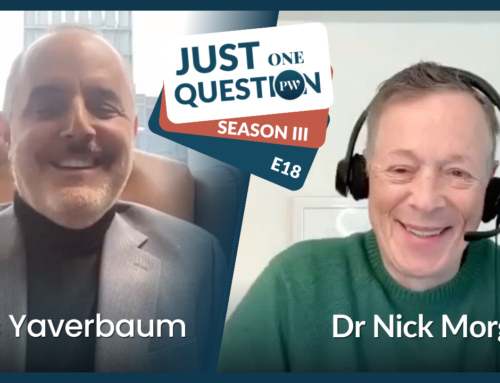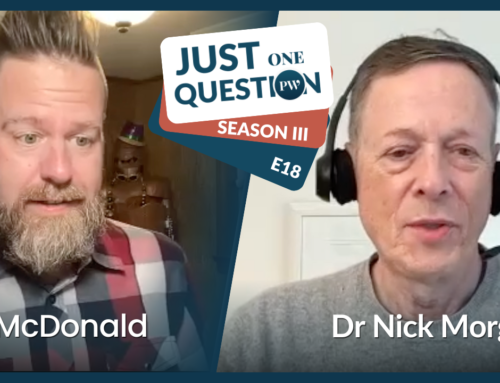Public speakers today, like many another knowledge worker, live and die by the amount of attention they can win in the virtual world. It’s a sweepstakes with constantly changing odds, a lottery with regularly morphing rules, a game of chance with always-evolving modes of play. Should you be on Facebook, or Twitter, or Instagram, or LinkedIn or all or none of the above? What’s the best way to get noticed? Do any of those people who notice you and retweet you or like you or comment on your ideas actually hire speakers?
You can sink an enormous amount of time into chasing the virtual rabbit in the online world, trying to grab that elusive awareness – and is that time well spent? What might you be doing instead? What does it all add up to? What moves the speaking needle in the digital era?
These are mainly tactical questions, but at the same time you have to think about larger questions of strategy and purpose. What combination of digital activities does it make sense to combine with my real-world efforts? Should I be writing articles and books, is blogging dead or still alive, and what should I do with video? More important, what efforts are consistent with my brand and ideas? And most important, perhaps, what is the future of my sort of speaking in a rapidly changing era?
What makes this era even more interesting is that the rate of change is increasing, the amount that we’re all information-overloaded is increasing, and therefore the ways in which we consume and respond to information are changing.
Speakers, like everyone else, need to think ahead of those waves of change and put themselves in a position to reap the benefits of the changes that are moving in their direction and avoid the pitfalls of the kind that are working against them. Remember the buggy whip manufacturers, and spend some time every week, every month, and every quarter reviewing the digital trends, the trends in your world, and the global trends that all might affect how your content is received, consumed, and responded to.
When we work with clients, we find that the best way to begin this process is with a regular review of their digital footprint. That entails researching the trends in their industry or field of thought leadership, looking at all the ways they are known in their field, and where they are not known. Then, we take stock of all their current efforts, the reach that’s giving them, the responses they’re getting, and all the ways in which their efforts do or do not produce the elusive buzz that all speakers crave, the kind that gets the phone ringing regularly. Or the in-box filling up every week with requests to speak.
By the time someone has become a thought leader, they have usually accumulated a good deal of random bits of virtual evidence and records about them, from mentions in online pieces, to media coverage, to mentions in publications about their books, and in the media related to the many conferences and association meetings where they’ve spoken and provided pre- and post-conference material. The result can be an astonishing amount of information for anyone who has been in the speaking business for more than a year or two.
It’s the nature of the virtual world, too, that it collects attention around viral posts, or items that make the news, and these digital moments seem to last forever and with a kind of online ranking that means that otherwise old items may come up in google searches long after their relevance has in fact faded.
If some of those sorts of items are affecting your digital brand and the impression that you’re making, then you need to know about them. And ultimately you need to take control of those moments by replacing them with more intentional and purpose-driven information.
So surviving and indeed thriving as a thought leader involves regularly taking stock of your digital footprint and then taking steps to ensure it is something that helps your brand and makes sense for your forward progress. When was the last time you analyzed your digital footprint? What does it say about you and your thought leadership? What are the tracks you’re leaving behind in the virtual world?









Leave A Comment